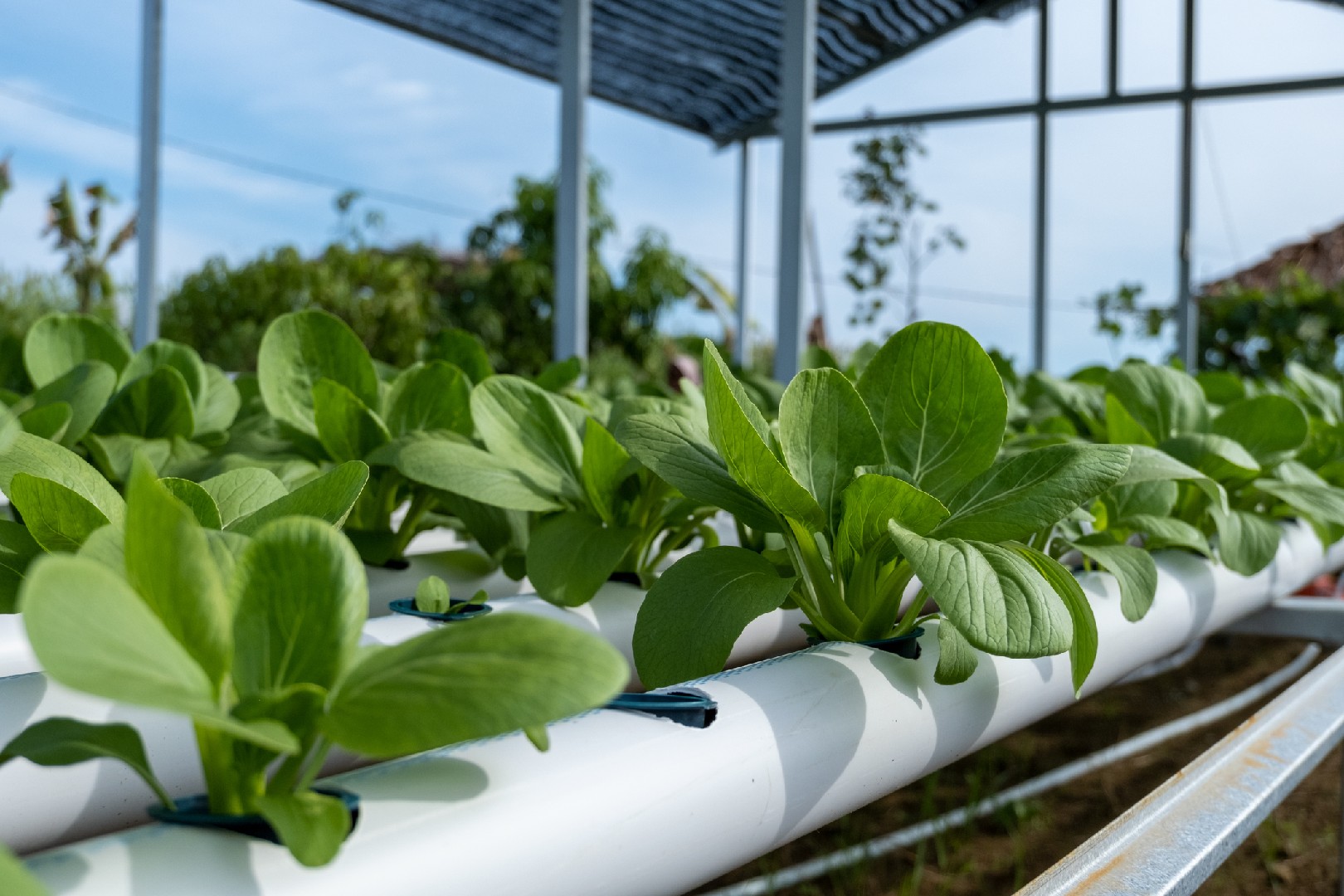![Rectangle]()
Getting Started with Your Innovative Container Garden
Innovative container gardening is an exciting and practical way to grow your own food, even if you have limited space or resources. With a little creativity and the right approach, you can transform any corner of your home into a thriving garden. So, let's get started with your innovative container garden and explore some key points to consider!
The first step in setting up your innovative container garden is selecting the right type of container based on your needs. Traditional pots are a popular choice, but there are many other options available that can add a touch of innovation and uniqueness to your garden. For a modern and sleek look, consider using metal troughs or rectangular planters. These can be easily mounted on walls or hung from balconies, saving valuable floor space. Another innovative option is using repurposed items such as old wooden crates, buckets, or even tires. These can be painted and decorated to suit your style, giving your garden a truly personalized touch.
Once you have chosen your containers, it's important to know how to successfully implement alternative container gardening techniques. One key tip for success is to ensure proper drainage. This can be achieved by drilling drainage holes at the bottom of your containers or adding a layer of gravel or broken pots to the bottom before adding soil. Proper drainage prevents waterlogging and ensures the roots have access to the air they need to thrive.
Another important aspect of container gardening is choosing the right soil. Unlike traditional garden beds, container gardens require a lightweight and well-draining soil mix. You can purchase pre-mixed potting soil or create your own by combining equal parts of compost, vermiculite, and peat moss. This allows for good water retention while also providing the necessary nutrients for your plants.
Ongoing maintenance is key to the success of your container garden. Regular watering is essential, especially during hot and dry periods. It's important to keep an eye on the moisture levels of the soil and adjust your watering schedule accordingly. Additionally, container gardens may require more frequent fertilization compared to traditional gardens. Opt for organic fertilizers to promote healthy growth and avoid chemical buildup in the soil.
To maximize the productivity of your container garden, consider companion planting. Certain plants thrive when grown together, as they provide mutual benefits such as pest control and nutrition. For example, planting basil alongside tomatoes can help deter pests and enhance the flavor of the tomatoes. Do some research and experiment with different combinations to find what works best for your garden.
In conclusion, getting started with your innovative container garden is an exciting and rewarding journey. By selecting the right containers, implementing proper techniques, and maintaining your garden with care, you can enjoy fresh and nutritious produce right at your fingertips. So, unleash your creativity, think outside the traditional pot, and embark on this innovative gardening adventure!





